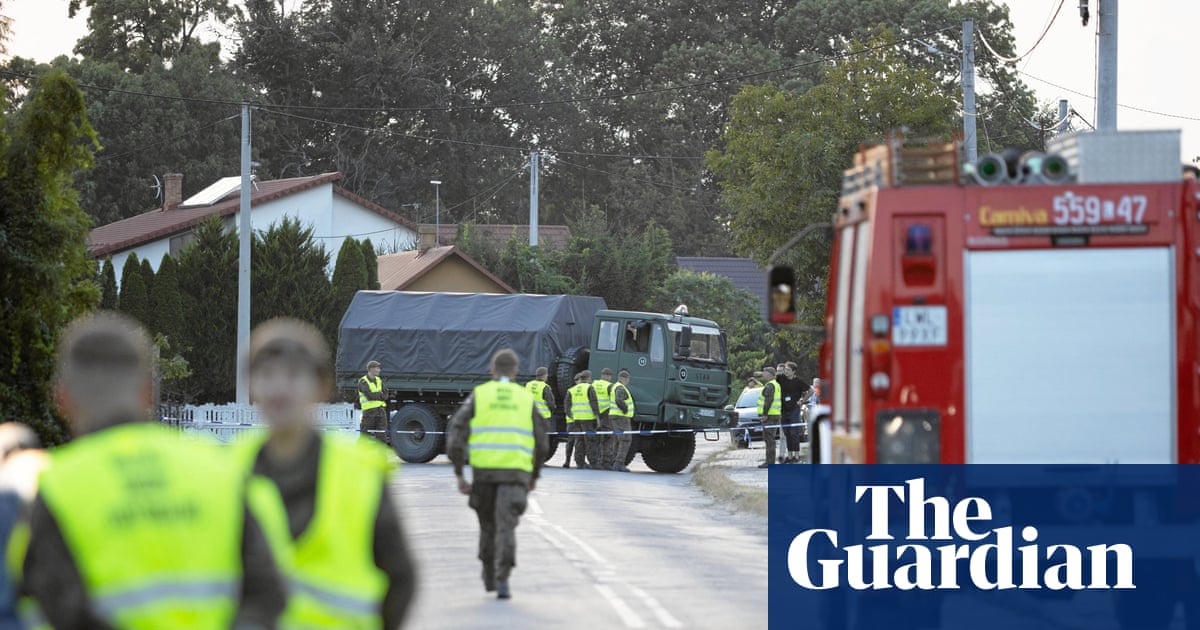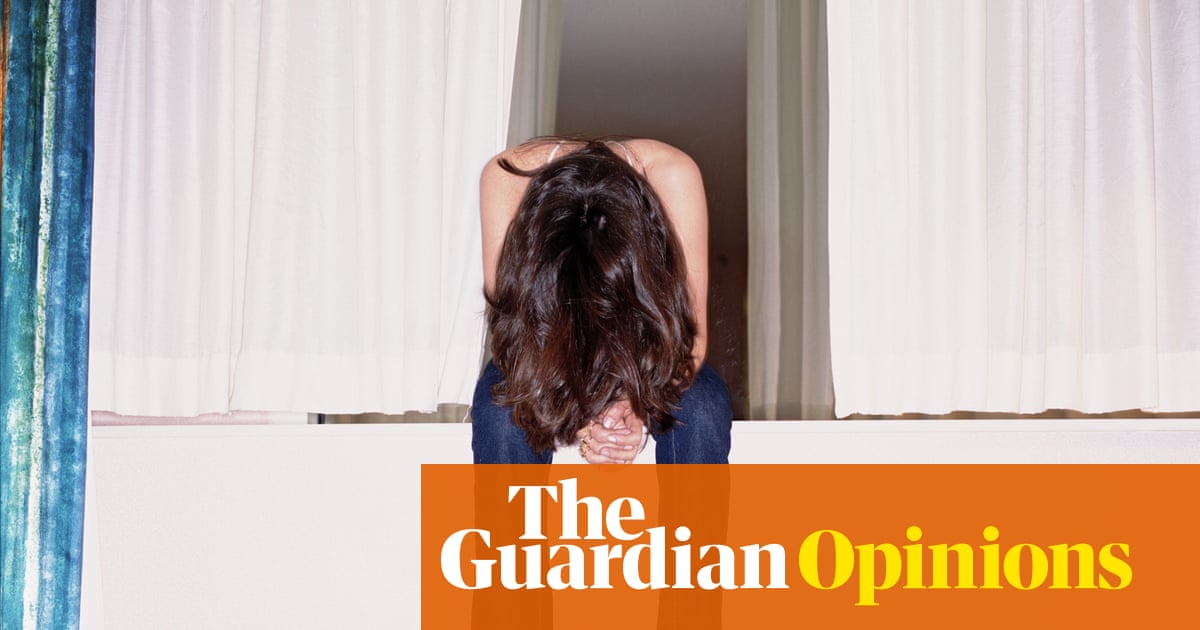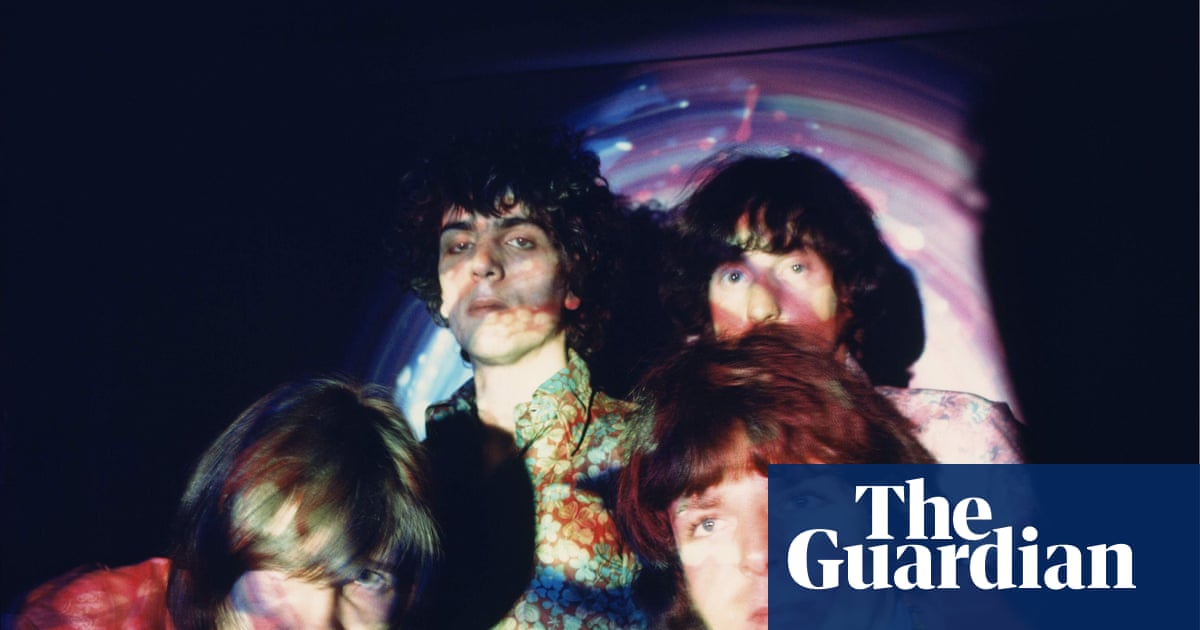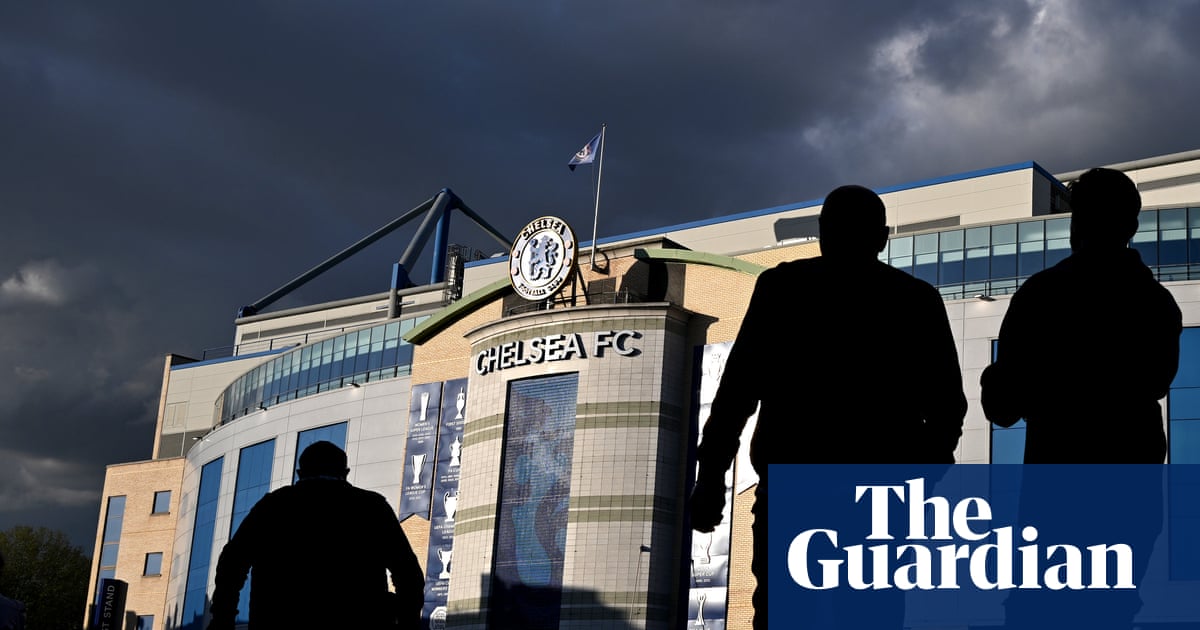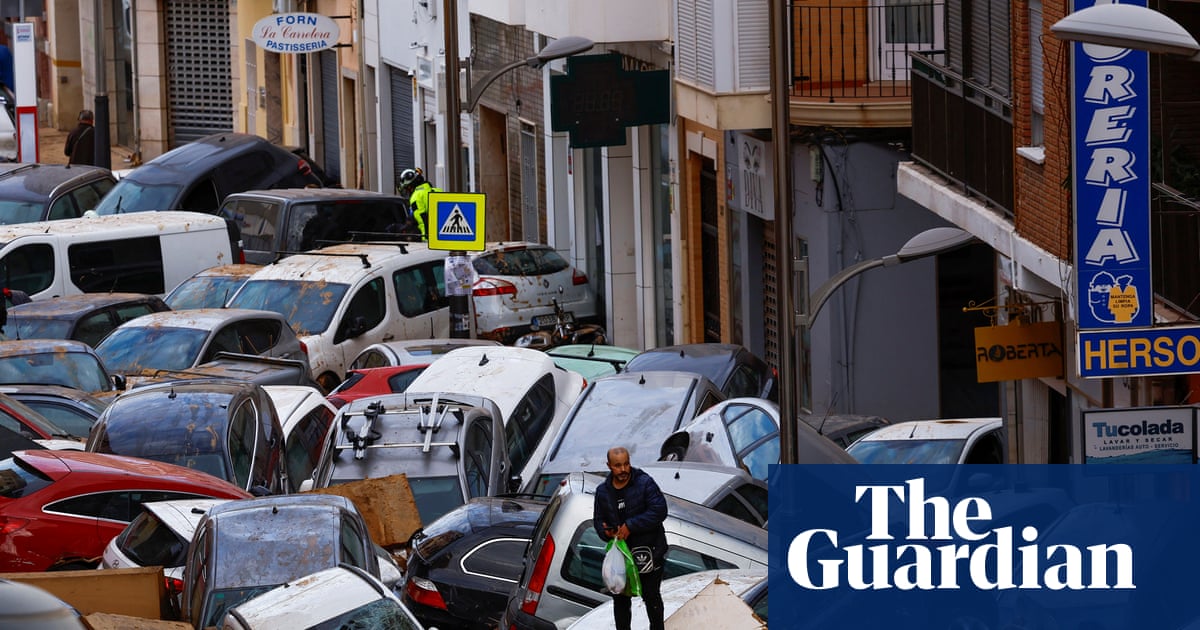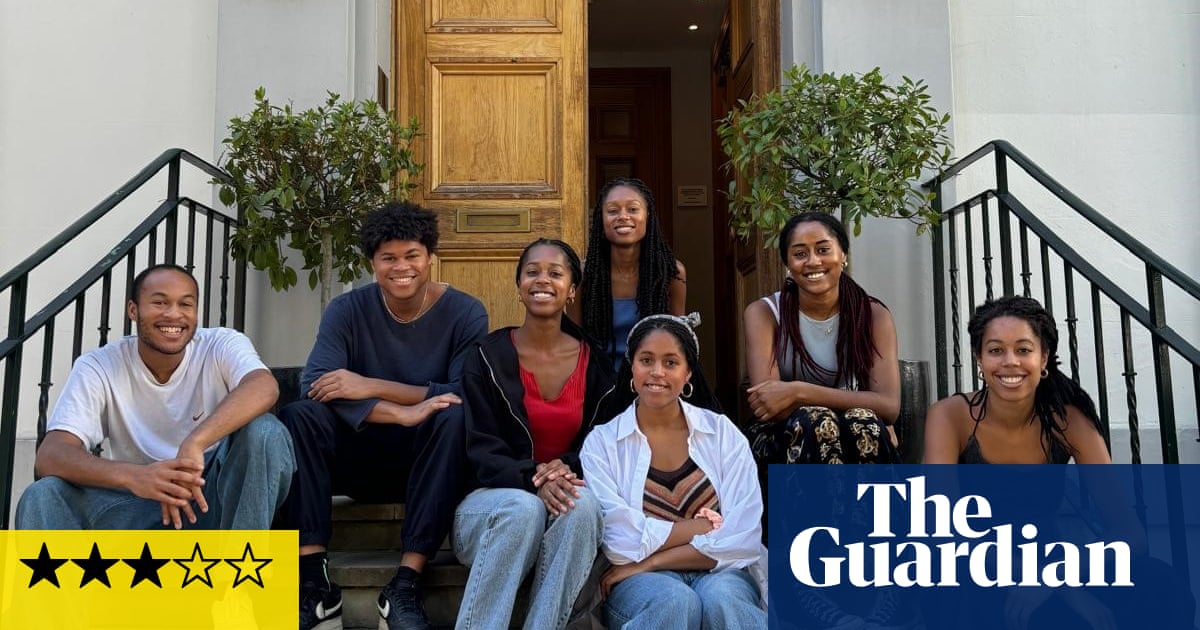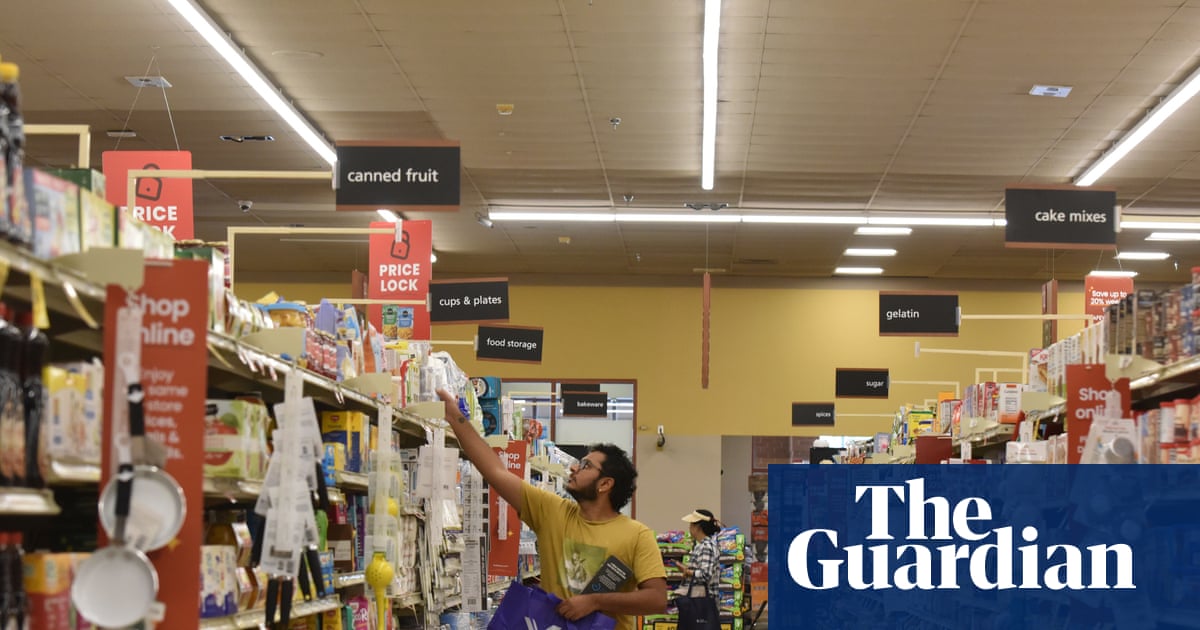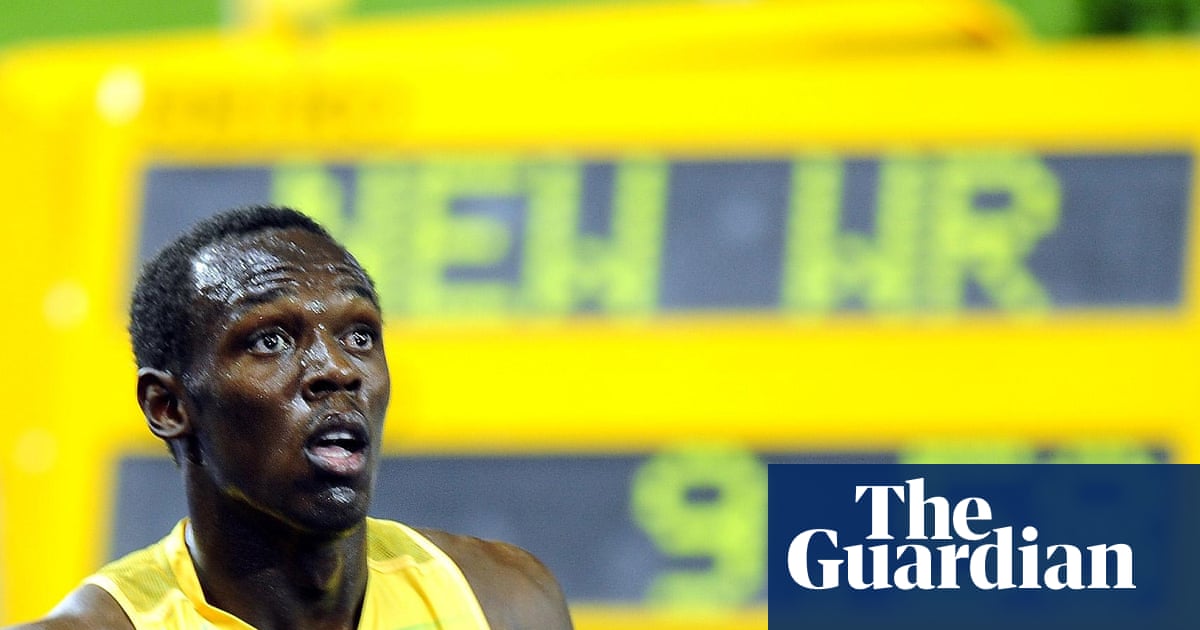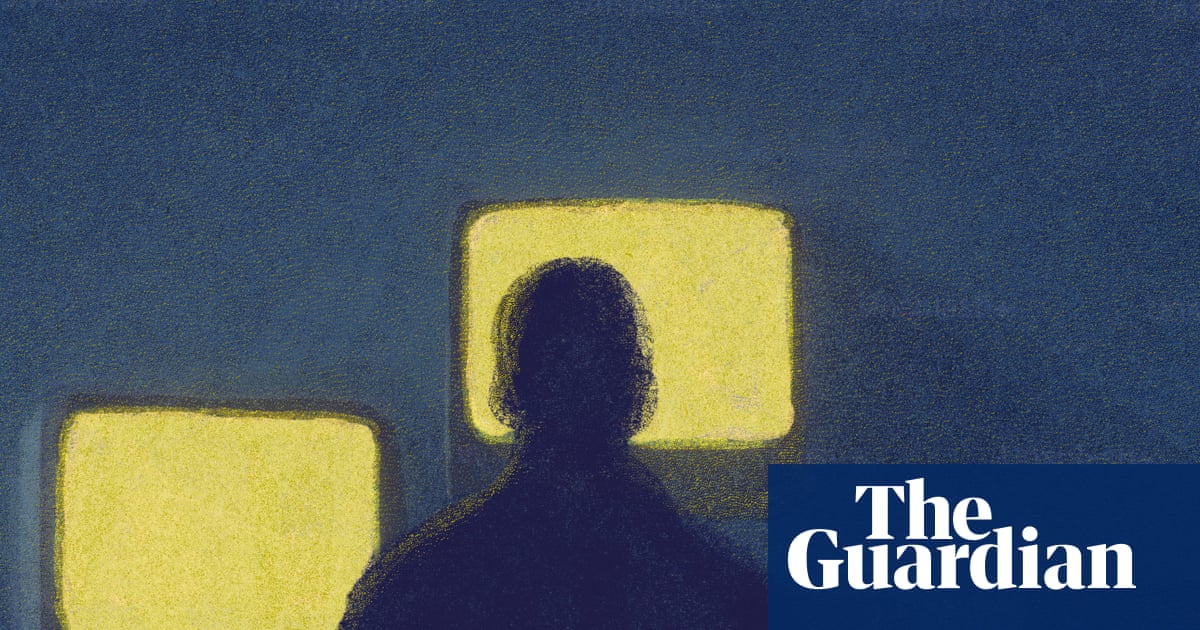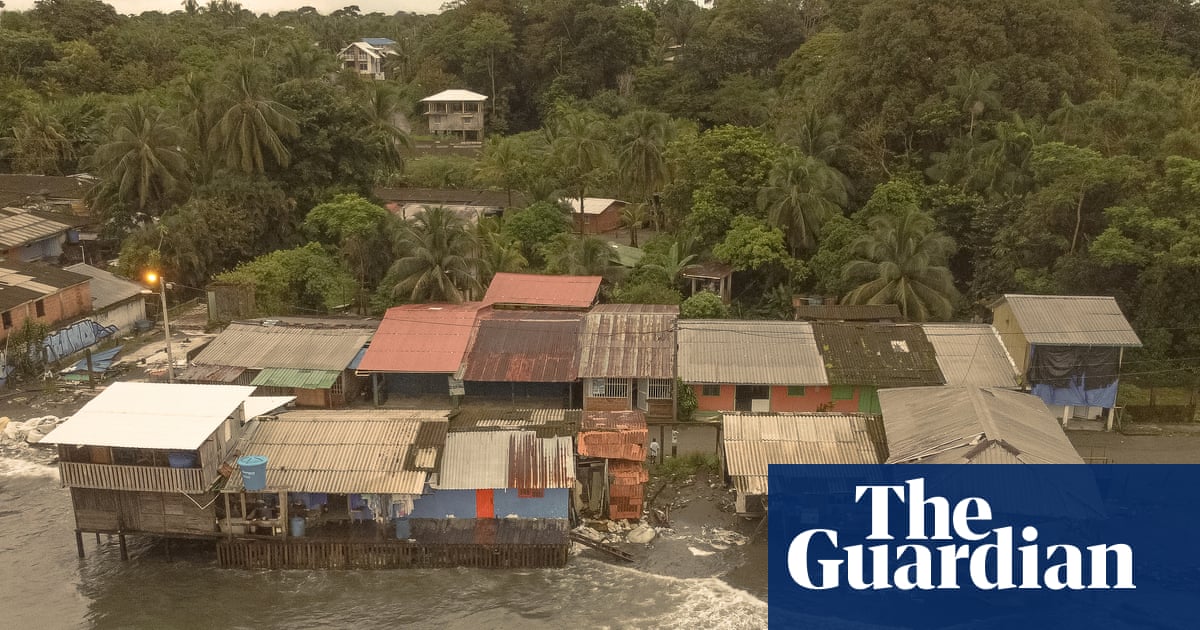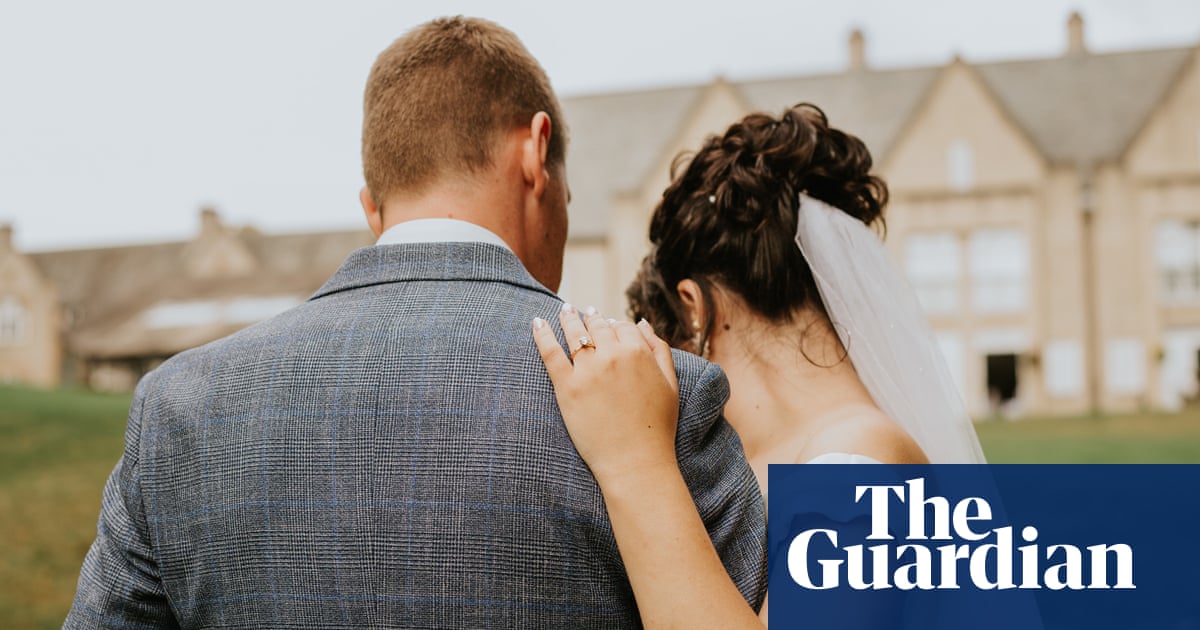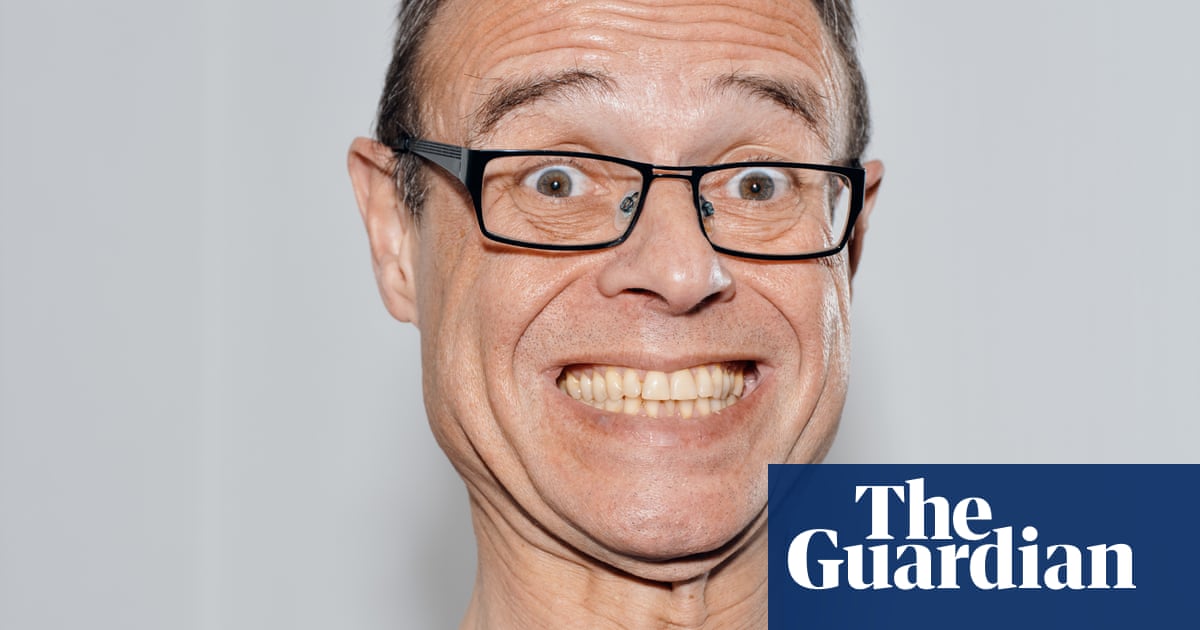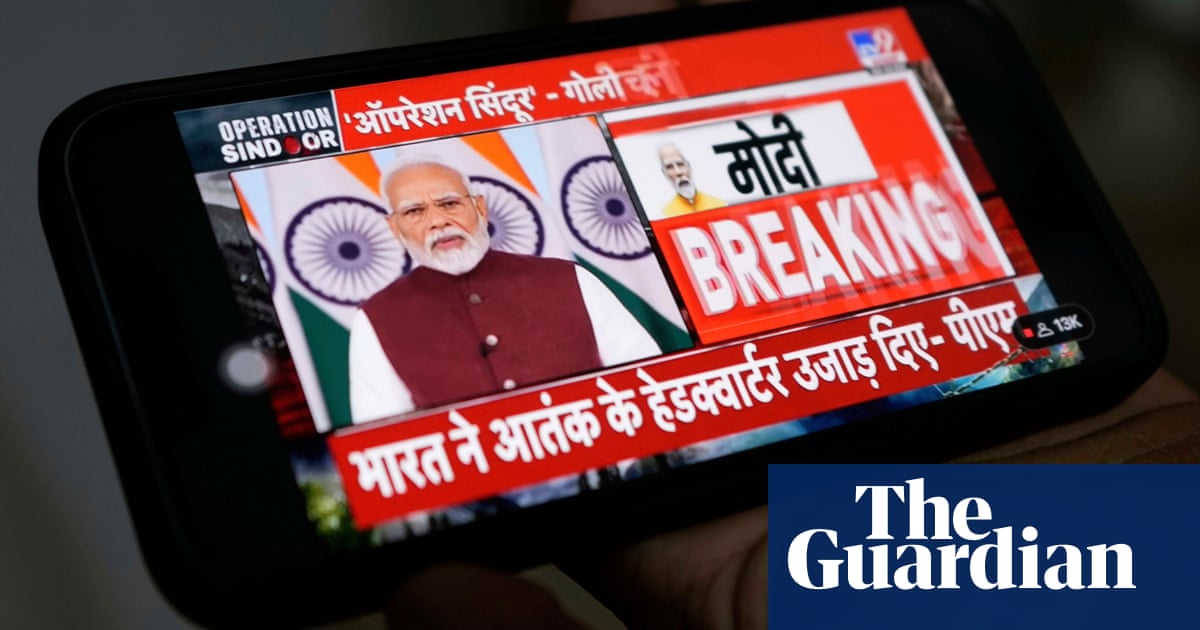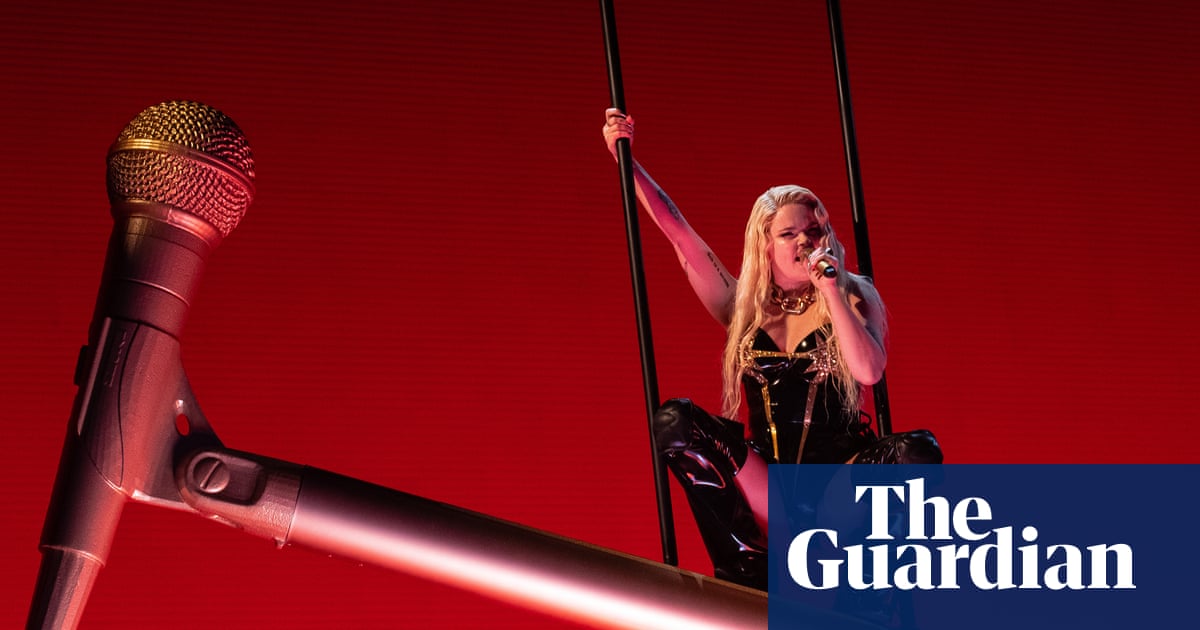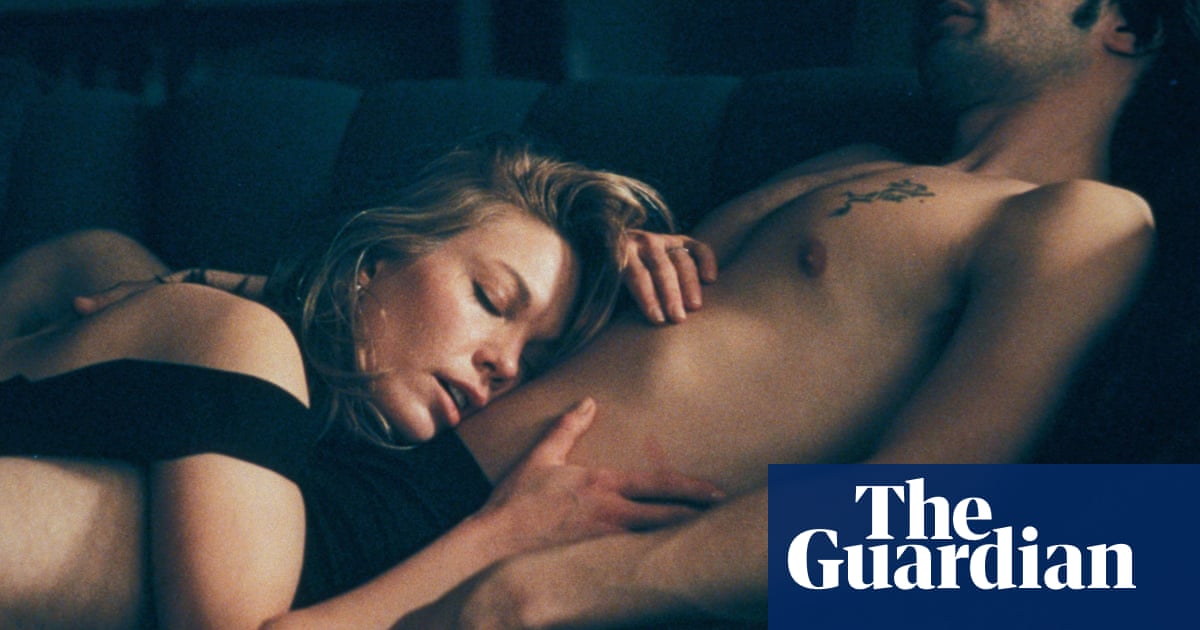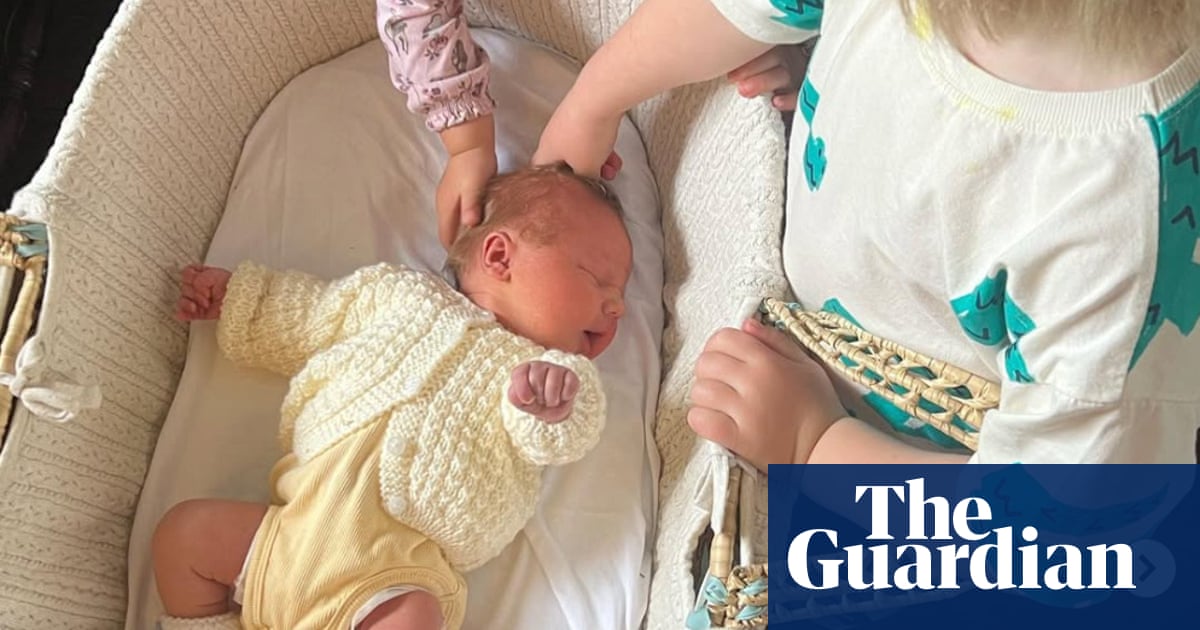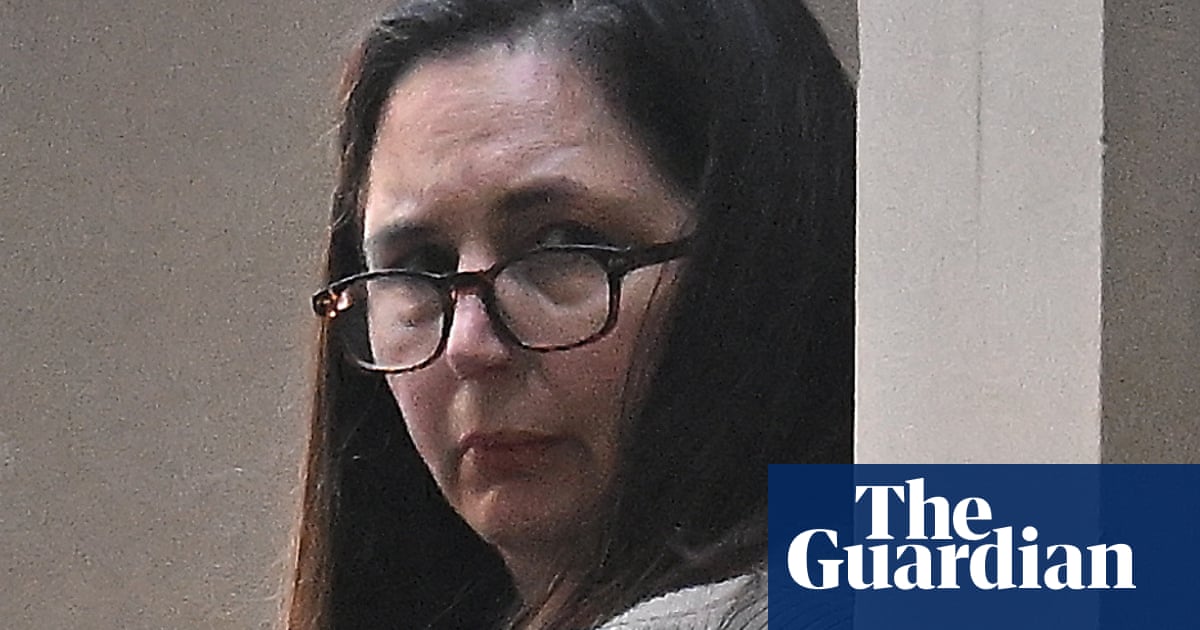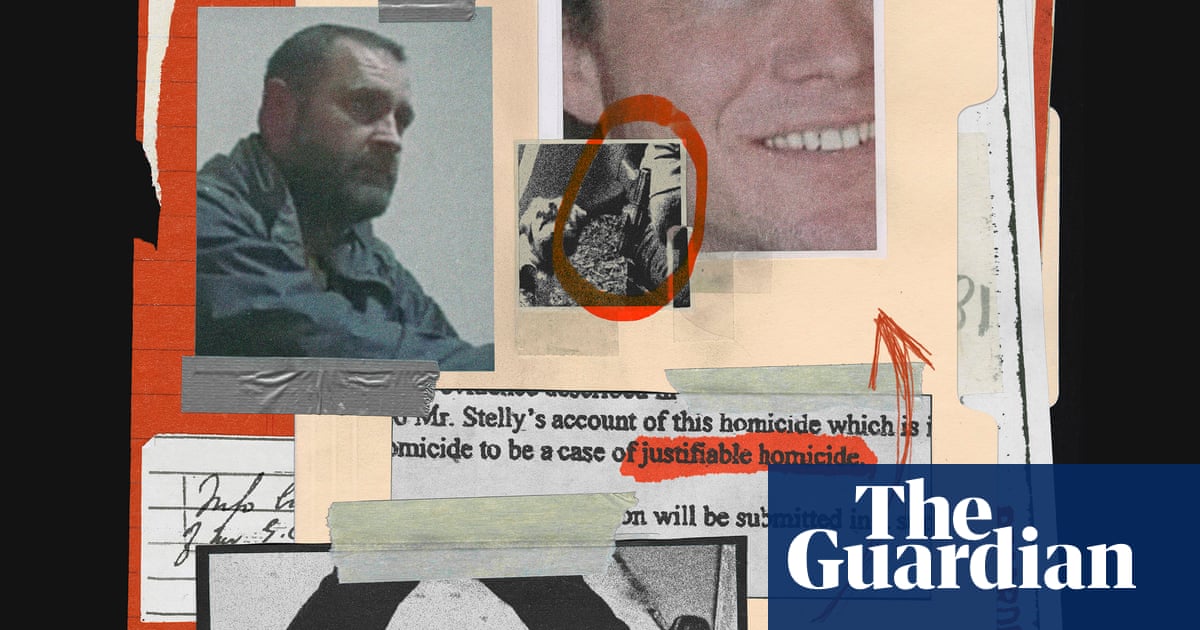Blinded, beaten or jailed, some protesters are still recovering physically and financially from speaking out

Five years ago, on 25 May 2020, George Floyd, a 46-year-old Black man living in Minneapolis, Minnesota, was murdered by Derek Chauvin, a white police officer. During an attempted arrest, Chauvin kneeled on Floyd’s neck for more than nine minutes, cutting off his oxygen supply. The gruesome killing was captured on video.
Floyd’s murder sparked global outcry, launching the largest protests seen in the US since the civil rights movement. During the summer of 2020, upwards of 26 million people protested nationwide to condemn police brutality and demand racial justice. Rallies also spread across the globe, with some 93 countries and territories participating in the uprisings.
Demonstrations were largely peaceful, despite some rightwing media coverage claiming otherwise. Between 25 May and 4 June 2020, 89% of protests were non-destructive, with 96% remaining non-violent through September 2020, according to figures from the Pew Research Center.
Still, hundreds of protesters were subjected to excessive force by police, ranging from being teargassed or pepper-sprayed to being shot with projectiles.
Following the 2020 protests, dozens of US cities paid out a total of at least $80m in settlements to demonstrators who were injured, a record amount. Settlements awarded to protesters, sometimes millions for a single individual, were often the only redress for injured parties, as paying such restitution did not require admission of guilt from police departments.
Years later, demonstrators say they are still contending with intense trauma and long-lasting injuries that serve as constant reminders of that chapter. What’s more, much of their settlement money has been swallowed by mounting medical debt, legal fees and other costs associated with being wounded. Here are their stories.
Tennessee
Linda Tirado
‘I had no idea how much damage had been done’
Linda Tirado, a 42-year-old photojournalist based in Tennessee, is looking for a gun. Or at least a person with a gun. She needs someone to shoot some items of hers – literally. “It’s a weird day when you email the Republican head of the gun range and [say]: ‘Hello sir, would you like to shoot my heart?’ Tirado said with a laugh.
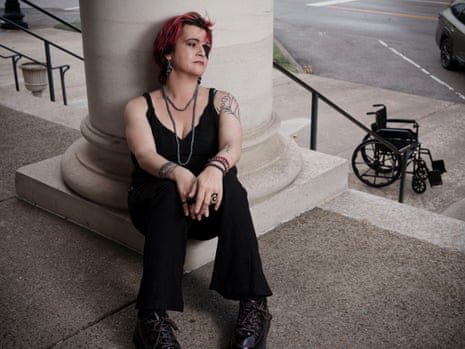
She is crafting a mixed media piece, including pages from her own writing and photos she’s taken that will later appear punctured with bullet holes. The art work is a part of a larger series Tirado is creating as a way to capture the realities of living with a traumatic brain injury.
On 29 May 2020, Tirado was shot in the face with a plastic bullet while photographing a Minneapolis protest. The bullet, she said, “came from the direction of the police line” and left Tirado blind in her left eye. “I felt pressure,” said Tirado, who was wearing press credentials when she was shot. “It felt like I had just gotten hit with a haymaker in a bar fight.”
Tirado added: “At that moment, I had no idea how much damage had been done.”
Periodic aphasia, the loss of language, is just one symptom Tirado has contended with since being injured in 2020. She also struggles with short-term memory and time blindness, the inability to recognize the passage of time, and lacks depth perception. She receives daily help from her two teenaged children and her ex-husband. About one week out of the month, Tirado hires a home health aide.
“I have three weeks’ worth of good days and one week worth of bad days,” she said.
Tirado recalled her experience over the years with sarcasm and bluntness, adding that she shares her testimony not to be pitied, but because it’s simply what she needs to say. “I don’t actually care what you think about it, but this is how I have to engage with the world in order to be understood.”
After suing the city of Minneapolis in 2022, Tirado was awarded a $600,000 settlement. The city and its police department never accepted responsibility for Tirado’s injury, and rejected the allegation that a Minneapolis officer shot Tirado. Tirado said that she tries not to dwell on the lack of accountability, instead using her art to process what happened.
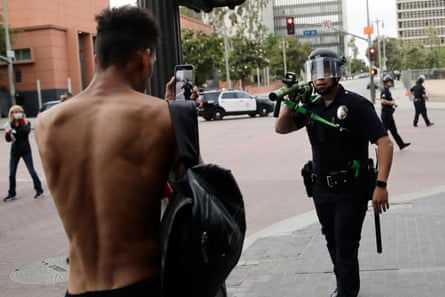
“I don’t want them to live there, [in my head]”, Tirado said, referring to officers allegedly involved in her shooting. “That’s not healthy. It’s not helpful.”
The settlement process “was so much worse than the injury”, said Tirado. She wasn’t able to process what had happened to her by taking notes and journaling because any personal writing on the subject could be used in the lawsuit. “I’m a writer that couldn’t write about this huge thing that happened to me because anything I wrote would be placed into discovery,” Tirado said.
Throughout the process, Tirado began dealing with cognitive issues: personality changes, rage, self medicating with alcohol – moments that Tirado and her loved ones “chalked up to grief or disconnection … the decompression and healing, relearning things and being frustrated”. Two years after the initial injury, Tirado learned that she had a traumatic brain injury (TBI), a diagnosis that was initially delayed because of the coronavirus pandemic.
“It’s not that I’ve grown and changed and reacted to the world around me,” she said. “It’s that I literally went away one day to work and came home a different person.”
Living with a TBI has changed nearly all aspects of her life. She no longer drives and now relies on a power wheelchair due to movement and balance issues. “I didn’t move to a place based on its accessibility. There’s no sidewalks,” said Tirado of her rural neighborhood. A gas station is within walking distance from her house, but surrounded by grass fields, terrain that Tirado’s wheelchair can’t traverse.
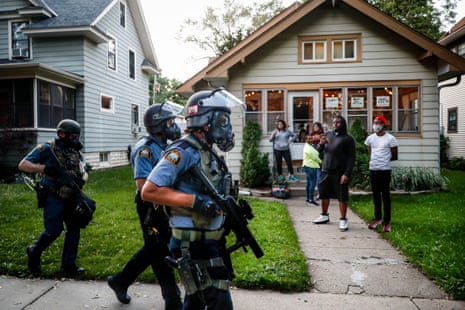
For procuring small supplies, like cigarettes, and carrying out other errands, Tirado relies on her ex-husband. The loss of independence is jarring. “It’s humiliating to have to ask people to get you every little tiny thing.”
Tirado also has several co-morbid conditions – rheumatoid arthritis, a curve in her spine – all discovered during her various doctor’s appointments after the shooting. The injury has forced Tirado to seriously plan for the end of her life, as doctors have warned her that another brain injury could be fatal.
Last June, Tirado suffered what she called a “body crisis”, in which her organs began to shut down. She was placed in palliative care, and was urged by her medical team to look into hospice. Her health later improved, but in November, while meeting a friend for dinner, she was hit by an SUV, which dragged her and her wheelchair nearly 20 feet. She emerged from the accident with just a sprained ankle, but the incident was a reminder that her life was at risk at any moment.
Injuries from being shot have also had a dire impact on Tirado’s marriage of 18 years, which ended officially in December 2024. The situation became “untenable”, she said. It was a “sad” reality, Tirado said, but one that was “hard to be bitter about”. “It would be nice if it all fit together like a fantasy, and he was a perfect caregiver and gifted with endless patience and capacity,” she said. “But the fact remains, he’s just a dude, and it’s a superhuman task I’m asking for.”
In the aftermath of this all, Tirado is working on a book – part memoir, part archive – about her career, about the shooting. It’s a lengthy, winding project she hopes to finish. But, in the meantime, Tirado, with a collage of watercolors, photographs and more, is crafting a story that can hold it all.
California
Argelio Giron
‘So this must have been a direct aim at me’
Argelio Giron, a 41-year-old caregiver in Sonoma county, California, has always been community-minded. He’s lived in the Bay Area his entire life, with his grandfather first coming through the area in the 1960s to do farm work via the Bracero workers program, a temporary labor initiative that allowed Mexican nationals to immigrate to the US. The rest of his family soon followed.
To maintain a connection with his Indigenous roots, Giron participates in programs like the Peace and Dignity Journeys, a ceremonial run that takes place every four years in which Indigenous and non-Indigenous parties trek through Central America for several months. And since 2008, he has been involved with Danza Azteca, a Mexican dance tradition that dates back to the 16th century. Participating in the 2020 racial justice protests came naturally, Giron said, his attempt to call attention to ongoing patterns of injustice.
On 31 May 2020, Giron had been demonstrating in different cities around Sonoma county. “Things were really picking up around those times. You really felt the momentum in the air,” he said.
That night, Giron drove to the city of Santa Rosa, where he witnessed another person smashing the windows of a local Unitarian church. In the chaos, Santa Rosa police started shooting rubber bullets. An investigation ordered by the city later found that police had shot unauthorized projectiles into the crowd, including barricade rounds, projectiles used by law enforcement tactical teams to penetrate doors and other blockades. Between 30 May and 2 June, the Santa Rosa police department launched more than 120 munitions and used at least 30 gas devices, an “unprecedented volume for the agency”, according to the investigator’s report. Several officers were formally disciplined for their actions during that time period.
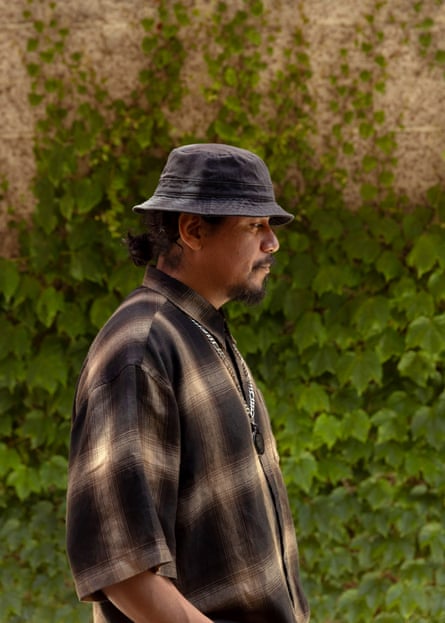
Giron was caught in the crossfire, the only protester to be struck with one of the “‘barricade rounds’”, the report found. “It was a really hard, very fast impact,” he said. When he attempted to locate his exact injury, Giron noticed he had been bleeding from his pelvic area. “I saw I had blood on my hand.” Of the bullet, which measured nearly three inches, Giron said: “I later found out that those are designed to punch through plywood.”
Giron quickly drove himself to the hospital, where he said doctors and nurses looked at him suspiciously. Despite being shot, he said he was placed in an empty room in the emergency department, and waited for a medical evaluation without pain medication for what felt like at least an hour. A nurse who finally saw Giron said, “‘Oh, that bullet stopped you, didn’t it?’” he recalled, saying he felt that the nurse was suggesting he was a looter. “I’m absolutely sure they were judging me.”
Hours later, after various scans and assessments, Giron had to have emergency surgery to stop significant blood loss.
Physical recovery from the shooting proved strenuous for Giron. “Even standing at one point, I started feeling dizzy and was running out of breath,” he said. He left the hospital about a week after being shot, even though he could barely walk.
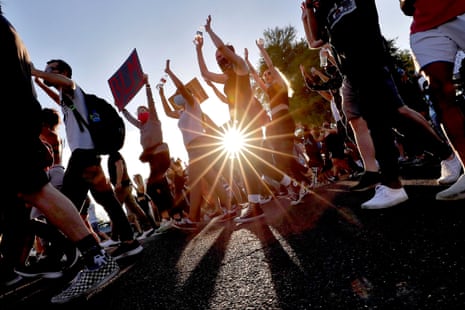
“I wanted to get out of there, to be specifically away from any type of exposure to any police,” he said. “When I had taken off, I had asked some friends to be there, you know, in case the police tried to do something on my way out.”
To Giron, the shooting felt intentional, a part of a longstanding history of police brutalizing peaceful protesters. “The bullet, when I picked it up afterwards, did not have any markings from the ground,” he said, noting that such munition isn’t meant to be aimed at individuals. “It had no damage on the outside. So this must have been a direct aim at me.”
Giron sued the city of Santa Rosa and its police department over the May 2020 injury. In total, the city paid at least $2.3m to seven protesters, including Giron, who were severely injured. Giron was awarded $200,000.
Suing the city for a settlement, which Giron described as “emotionally, the more difficult part”, was triggering for Giron, especially dealing with the police and the court system. The process, which took upwards of four months, entailed “a lot of waiting”, with his lawyers either failing to explain what was happening or expressing apathy about his ordeal.
In the years following, Giron avoided speaking publicly about the incident to the press, and has channeled his energy into community work. He has joined organizing efforts, working to empower his Indigenous community, but said that other activists can be cliquish, not coming together in the aftermath in 2020 like he had hoped. “People know that I was injured, but sometimes, it’s as if nothing ever happened.”
Giron said that he doesn’t think of himself as “anything special” or deserving of “accolades”. His injury serves as a reminder to stay involved, he said, to fight back against the systems that be, no matter the cost.
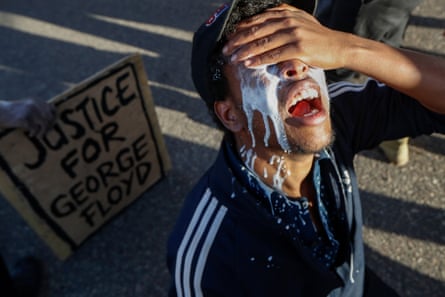
“I don’t think I would change anything because it’s a contribution that one can make for the motivation of people, for the motivation of the causes,” said Giron. “Too many times we seem to live this life out as bystanders and don’t necessarily think that we have anything to do with these causes, or that we can make any type of difference. I share to let [others] know that their action, their involvement, their help does matter.”
Florida
LaToya Ratlieff
‘There’s still parts of me that exist’
LaToya Ratlieff remembers the day that she first started sleeping through the night again.
It was in December, the day after Ratlieff, a 39-year-old Palm Beach county, Florida native, finally reached the end of a tumultuous, four-year settlement process. Ratlieff had been shot in the head with a rubber bullet by a Fort Lauderdale cop during a May 2020 demonstration. She won nearly $2m from the city after suing.
In the years after she was shot, Ratlieff’s sleep was fitful, filled with nightmares and disruptions. She took prescribed, anti-anxiety medications, but still only managed to get three or four hours of rest.
When the settlement process wrapped and she could finally stop meeting with lawyers, she said: “I went to bed at 10, and when I woke up, I saw the sunlight. That was so big for me. I was like: ‘OK, I’m getting my life back. They didn’t take everything from me. They didn’t damage me entirely. There’s still parts of me that exist.’”
Ratlieff, a non-profit grant director, comes from a rich legacy of social justice. Her great-aunt was Fannie Lou Hamer, the civil rights icon who co-founded an alternative to the state’s all-white Democratic group in the Mississippi Freedom Democratic party established in 1964, the same year Hamer declared at the Democratic national convention in Atlantic City: ‘I’m sick and tired of being sick and tired.’
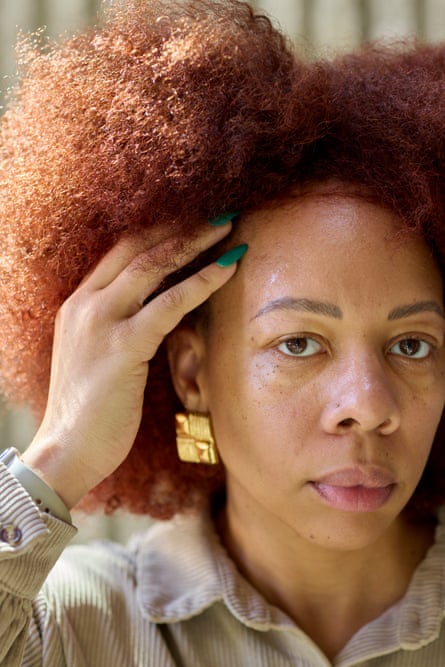
Hamer was revered in their family, Ratlieff said, largely remembered for being a community pillar who looked out for everyone: neighbors, friends, family. “It was just kind of ingrained into me that you be of service,” said Ratlieff.
As a child, Ratlieff attended protests with her grandmother and their fellow church members. One of the earliest demonstrations she remembers was for 39-year-old William Alexander, who was killed by employees at a local grocery store after being accused of shoplifting. All eight employees charged in Alexander’s death were later acquitted.
When protests against the murder of George Floyd ballooned across the country, Ratlieff said she quickly became involved. “Covid made it to where you could not look away from it. Besides the pandemic, it was the main thing that was going on and it was being recognized across the world.”
On 31 May 2020, Ratlieff attended a demonstration in Fort Lauderdale, about 45 minutes south of her home, with a friend. She had been driving back to her residence from Miami, where she was visiting family.
The tone of the day was gentle, she said. Children had been at the protest, and police idling nearby were mostly directing the flow of traffic. But the mood of the demonstration eventually soured. That evening, the Fort Lauderdale officer Stylianee Hayes radioed for backup, saying that Black Lives Matter demonstrators were “jumping on her car” and that she was “completely surrounded”, according to court records obtained by the Miami Herald. Hayes later admitted that she never saw protesters on her vehicle, and video submitted during court proceedings showed that demonstrators were not near her car.
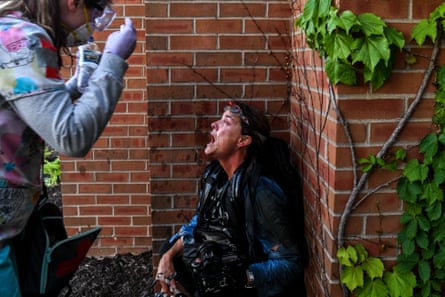
Still, Hayes’s distress call prompted a response from police in riot gear, after which chaos ensued. Ratlieff and her friend became separated before Ratlieff connected with a different group of demonstrators who were kneeling. As she took to the ground, police began firing teargas. “There wasn’t any sort of curfew,” said Ratlieff. “They never said we needed to leave.”
Ratlieff couldn’t see or breathe, she said. She stumbled to a curb, trying to regain her bearings, and that’s when she was shot. “It was very slow. I felt this out-of-body experience, [where] I knew this was happening to me, but it didn’t register that it was truly happening to me.”
Other protesters drove her to a local hospital, where Ratlieff discovered that her right eye socket was broken. The bullet left a 20-inch gash on her forehead that required stitches. She faced significant physical and mental anguish, which was further exacerbated by the task of suing the city of Fort Lauderdale and its police department.
“I was taking ibuprofen a lot because, besides the swelling, the pain, I had headaches for a very, very, very, very, very long time,” she said. “It was unbearable.” (Detective Eliezer Ramos, who shot Ratlieff, was later exonerated of any wrongdoing. The department pledged to carry out reforms to prevent other demonstrators from being injured like Ratlieff, including a review of its use of force.)
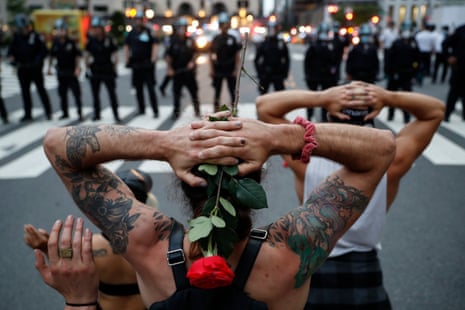
Ratlieff barely took any time off work after being shot in the face; in hindsight, she said, she should have given herself weeks instead of a few days. From 2020 until 2024, she had to drive two hours to Miami from her home to see vision and other medical specialists, mandated by city attorneys, all while still having to work remotely. The legal process “sucked”, she said, forcing her to constantly relive the trauma of her injury on top of her intense physical symptoms, including balance issues.
After the shooting, she restarted therapy and joined a group chat with others who had been seriously injured by police projectiles during the protests. They would joke about their injuries and share resources on handling lawsuits with police. Ratlieff said they understood one another: “I have an idea of how I can support them, and they have an idea of how they can support me.”
But the emotional wounds still linger. She is naturally an introvert, but tends to spend the majority of her day alone as she can’t quite name how she feels. “A lot of times, I can’t explain why I don’t feel happy, why I don’t feel like myself,” she said. “You feel good in the morning, and then some days you just don’t feel like yourself at all.”
This fifth anniversary is a milestone for her, the first time that she has been able to focus on something beyond the settlement. But, it’s bittersweet. “I’m worried less about myself and more about the other people around the country, the people in other places that are being hurt by our current administration,” she said. “It’s sad, because it does remind me that sometimes, no matter what you do and how hard you work, this country will find another way to take from you.”

 3 months ago
114
3 months ago
114

